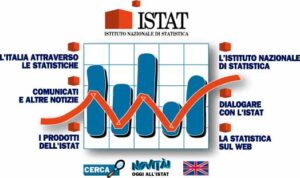In compliance with the 2010 guidelines for Italian Public Administration websites, Istat adapted by drawing inspiration from the principles of accessibility, transparency and active citizen participation, including the English-language version.
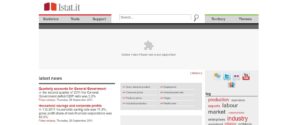
Inglese
In compliance with the 2010 guidelines for Italian Public Administration websites, Istat adapted by drawing inspiration from the principles of accessibility, transparency and active citizen participation, including the English-language version.

As of April 23, 2018, the site was revamped in layout and beyond with the mode of navigation by topic areas. The site provided navigation no longer by support type but by topics – population, economic conditions, culture, prices, services… – within which information was organized into “Releases and analysis” (the commented statistics), “Data and indicators” (macro and micro data), “Classifications and metadata,” making it easier for users to find the information they were looking for. The social dimension and sharing of content was not forgotten, fostered by integration in all pages with Twitter, Facebook, Google+ and LinkedIn … and a dedicated feedback form present in every content. There were two new areas: one for research activities in Istat, which testified to the strategy of full use of the information potential of statistical production, and one for experimental statistics, where experiments on the use of new sources and the application of innovative methods were documented.
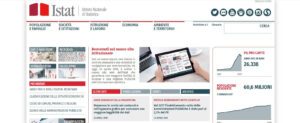
Istat, like the whole country, was celebrating 150 years since the Unification of Italy and for the occasion added the national flag to the logo and showcased all ongoing initiatives.
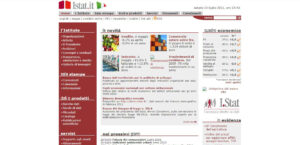
More and more focused on offering its users friendly navigation, the home page presented news in the center of the home page, in the header on the left the products and services offered, and on the right the data divided at the territorial level and by topic, trying to meet the growing demand for territorial data. To mark 90 years since its founding, Istat created an ad hoc logo and documents reconstructing the history of Istat and its importance in the country.
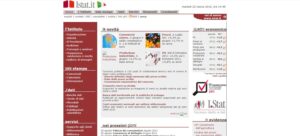
In line with the second phase of development and spread of the Internet, the so-called Web 2.0, characterized by greater interaction with users and greater sharing of information, Istat changed its site. The contents were presented with an accessible communicative register for everybody. In the central banner were the latest news, major initiatives and access to statistics by topic; on the right were links to the most consulted topics and databases; on the left, as in the header, was the presentation of the Institute, its services and products.
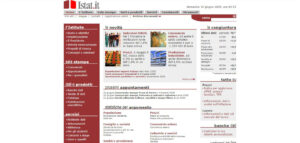
Only 3 years later there was a need to revamp the layout and more. In the central part were the featured topics, the latest news and the possibility of creating personalized services. At the bottom there was the link to the flagship publications: Italian Statistical Yearbook, Annual Report and Italy in Figures. On the left the banner dedicated to the Institute with its history, its users (journalists, researchers, citizens) the services and tools available. In the header, on the other hand, the products are divided by theme: Society, Economy, Labor, Business, Population, Environment, Censuses, Institutions.
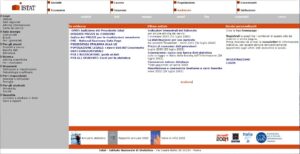
The Millennium bug has been terrifying the world, and Istat launched a new way of communication. At the center could be found: online data, products and services offered; events were published, as well as opportunities to collaborate with the institute. There were cross-references to other statistics sites and it was communicated what Istat represented through its history, goals and projects. The left side displayed news and major topics of interest at the time.
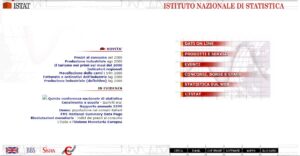
In 1998 the site had its English-language version. From the home page it was possible to choose which language to navigate to. Some documents were available in Italian only, but the possibility of requesting information was offered.
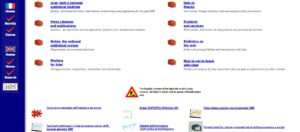
The first website was released, which soon became the center of online dissemination, putting the Institute at the forefront of public administration. A new channel of data communication was offered to users, continuing the policy of an open approach to the country. On the site press releases, economic data, editorial reports, information on conferences and seminars, and other news could be read and downloaded.
